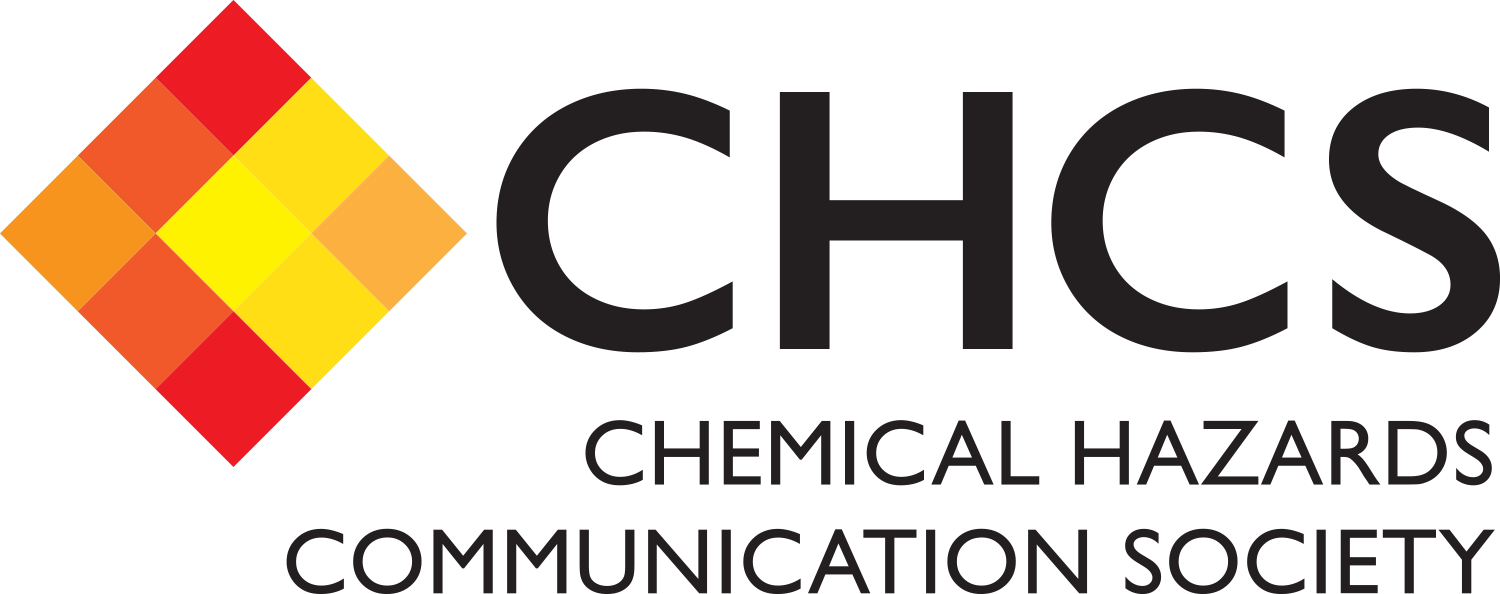UK Legislation OverviewDownload As A PDFSupplyFollowing the UK’s departure from the European Union, legislation is currently being enacted within the UK to implement retained EU law at the point of departure. For supply, this means that substances and mixtures must be classified, packaged and labelled in accordance with the UK Statutory Instrument implementing Regulation (EC) No 1272/2008 on classification, labelling and packaging of substances and mixtures, and amending Directive 67/548/EEC and Regulation (EC) No 1907/2006 (CLP Regulation) at the point of departure. According to the Northern Ireland Protocol, Northern Ireland will continue to be governed by EU legislation. The CLP Regulation, REACH and other EU chemical legislation will continue to directly apply in Northern Ireland. CHCS will be updating the web pages with further information on the Statutory Instruments that will replace EU Law for application in GB:
In the meantime, see the new CHCS Web Page on UK Law Making and CHCS Brexit Information Pages. Import/ExportThe import and export of chemicals from the UK is subject to a number of controls, including the Prior Informed Consent (PIC) Regulation. PIC implements the Rotterdam and Stockholm Conventions and controls the import and export of certain dangerous chemicals. The GB-PIC Regulation is currently being enacted to implement European Union Regulation (EU) 649/2012. However, Regulation (EU) 649/2012 will continue to apply to Northern Ireland. See CHCS Brexit pages for more information. Additional requirements apply to chemicals that may be used in the manufacture of drugs and chemical weapons. Further information on the import and export of drug precursors can be found on the Home Office website, whilst information on the chemical weapons convention can be found here. Suspicious enquiries for chemicals that might be used as precursors for drugs and/or chemical weapons should be reported, as soon as possible to the Anti-Terrorist Hotline on 0800 789321. See National Counter Terrorism Security Office website and leaflet. Use
TransportSee our new "Introduction To The Transport Of Dangerous Goods: UK Requirement". Page reviewed: December 2020
CHCS offers Modular Training Courses on the writing of Safety Data Sheets (SDSs), and related issues such as classification, labelling and other documentation. For more information see CHCS Training. If you have any queries about our training, please Contact CHCS. | CHCS Legislation Pages
The information contained in this website is intended to be correct at the time of publication. However, it is provided in good faith. We make no representations or warranties of any kind, express or implied, about the completeness, accuracy, reliability, suitability or availability of the information provided. Any reliance you place on the information published is strictly at your own risk. |

